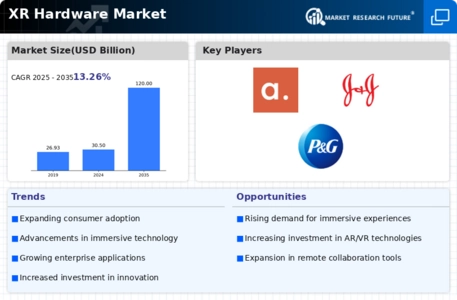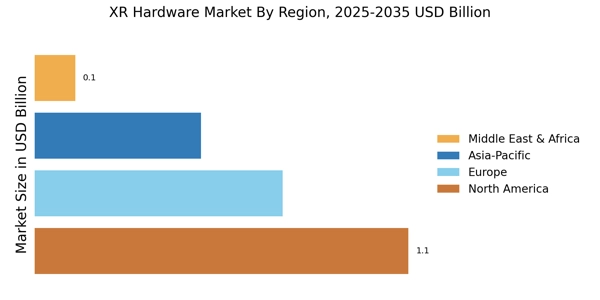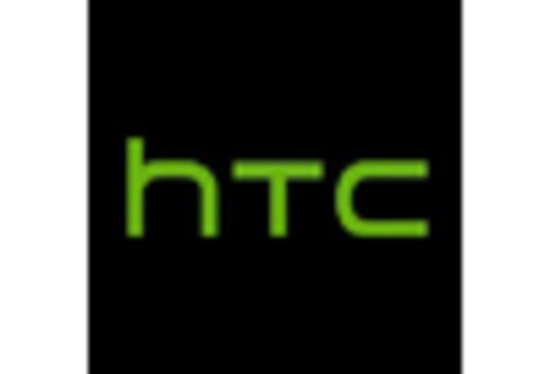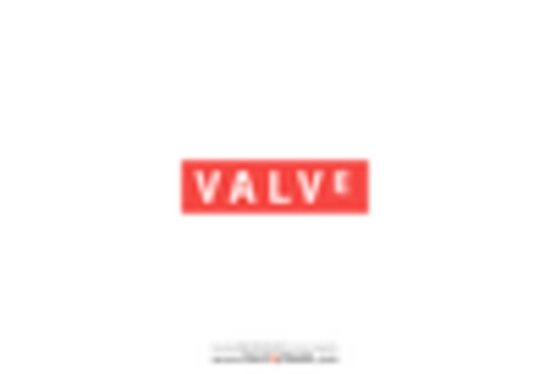The XR Hardware Market is currently characterized by a dynamic competitive landscape, driven by rapid technological advancements and increasing consumer demand for immersive experiences. Major players such as Meta Platforms (US), Sony (JP), and Apple (US) are at the forefront, each adopting distinct strategies to enhance their market positioning. Meta Platforms (US) continues to focus on innovation in virtual reality (VR) through its Oculus line, while Sony (JP) leverages its strong gaming ecosystem to integrate XR technologies into its PlayStation platform. Apple (US), on the other hand, appears to be emphasizing a seamless integration of XR with its existing product lines, suggesting a strategy aimed at creating a holistic user experience. Collectively, these strategies contribute to a competitive environment that is increasingly centered around technological innovation and user engagement.
In terms of business tactics, companies are increasingly localizing manufacturing and optimizing supply chains to enhance efficiency and reduce costs. The XR Hardware Market is moderately fragmented, with a mix of established players and emerging startups. This fragmentation allows for diverse offerings, yet the influence of key players remains substantial, as they set trends and standards that smaller companies often follow.
In August 2025, Meta Platforms (US) announced a significant partnership with a leading gaming studio to develop exclusive VR content for its Oculus platform. This strategic move is likely to bolster Meta's content library, enhancing user engagement and retention, which are critical in the competitive VR space. By focusing on exclusive content, Meta seems to be positioning itself as a leader in the immersive gaming experience, potentially attracting a broader audience.
In September 2025, Sony (JP) unveiled its latest XR headset, which integrates advanced haptic feedback technology. This innovation is expected to elevate the user experience significantly, providing a more immersive interaction with virtual environments. By investing in cutting-edge technology, Sony appears to be reinforcing its commitment to enhancing the gaming experience, which could solidify its market share in the XR segment.
In October 2025, Apple (US) launched a new XR development kit aimed at third-party developers, signaling its intent to foster a robust ecosystem around its XR products. This initiative may encourage innovation and creativity among developers, potentially leading to a wider array of applications and experiences for users. Apple's strategy of empowering developers could be a game-changer, as it aligns with the growing trend of user-generated content in the XR space.
As of October 2025, the XR Hardware Market is witnessing trends such as digitalization, sustainability, and the integration of artificial intelligence (AI) into products. Strategic alliances among companies are increasingly shaping the competitive landscape, as partnerships can enhance technological capabilities and market reach. Looking ahead, competitive differentiation is likely to evolve from traditional price-based competition to a focus on innovation, technological advancements, and supply chain reliability. Companies that prioritize these aspects may find themselves better positioned to thrive in an increasingly competitive environment.

















Leave a Comment